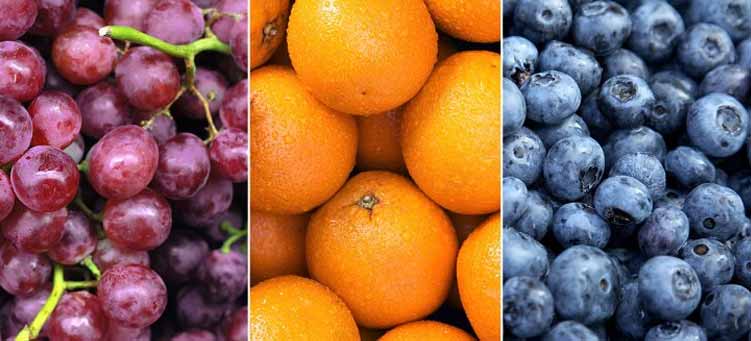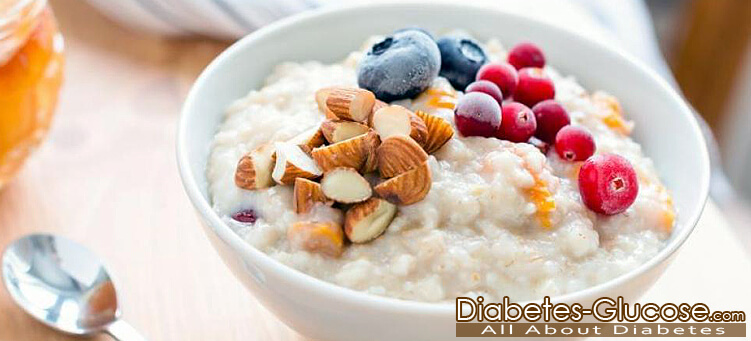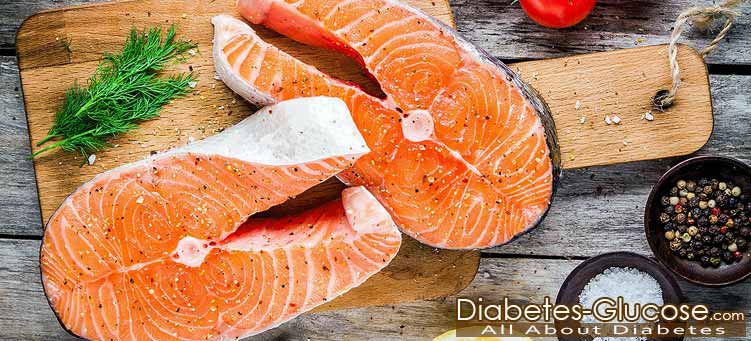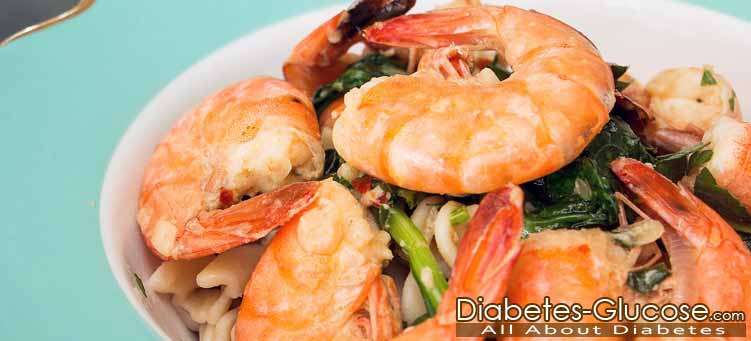Fruit does have a place in a healthy diabetes diet. Learn about the best fruits to eat, and why whole fruits are better than fruit juice.
People with type 2 diabetes know that they need to pay attention to their carbohydrate intake. Of the three main macronutrients in food — protein, fat, and carbohydrates — it’s the carbohydrates that directly affect blood sugar levels, and this includes the carbohydrates in fruit. But a study published in August 2013 in the British Medical Journal looked at the association between fruit and type 2 diabetes and found that fruit can still be a crucial part of a good diabetes diet.
The study, which followed nearly 190,000 people over a number of years, found that eating whole fruits — especially blueberries, grapes, and apples — significantly reduces the risk for type 2 diabetes. On the flip side, drinking more fruit juices actually increases the risk for diabetes.
“If you have type 2 diabetes, you do need to watch your sugar,” says Katie Barbera, RD, CDE, of Northwell Health Systems in New Hyde Park, New York. She explains that while both whole fruit and fruit juice have carbohydrates, a small piece of whole fruit is equal to about 4 ounces (oz) of fruit juice. So if you drink 12 oz of fruit juice, you could be getting more than you need. “And whole fruits have a lot of other advantages for a diabetes diet,” Barbera adds.
Understanding the Carbohydrates in Fruit
Like vegetables and grains, fruits contain carbs. You need the fruits for a healthy diet, but with type 2 diabetes you also need to keep track of the carbs. Still, figuring out which fruits are best for diabetes is about more than counting carbs — it’s also important to take into account the beneficial nutrients certain fruits provide. “Whole fruits are an excellent source of antioxidants,” Barbera says. “They have a lot of fiber, so they make you feel fuller and satisfy your hunger. They also add a lot of flavor to a diabetes diet.”
Antioxidants are important because they help prevent cell damage. “Antioxidants in a diabetes diet may help reduce inflammation caused by oxidative stress,” Barbera says. This oxidative stress may contribute to complications of diabetes. “To get the most antioxidants, look for fruits with a variety of bright colors and full flavors,” she says.
A study published in April 2013 in the National Journal of Integrated Research in Medicine compared people with type 2 diabetes who took an oral diabetes medication to people who took antioxidant supplements in addition to the medication. After three months, the group who took both the medication and the antioxidants had less oxidative stress than the group who only took medication.
Unlike fruit juice, whole fruit still has all of its fiber. This is especially important for a diabetes diet because fiber isn’t digestible, so it fills you up without raising your blood sugar. Including more fiber in your diet means better blood sugar control. To get the most fiber, eat fruits like apples, pears, and peaches with the skin or peel still on.
Counting Fruit Carbs and Other Diabetes Tips
While having type 2 diabetes means having to count your carbs, guidelines published in January 2014 in the journal Diabetes Care suggest that “evidence is insufficient to support one specific amount of carbohydrate intake for all people with diabetes.” So it’s important to work with your healthcare providers to come up with a personal goal that’s right for you. Monitoring your intake is important, as is balancing fruit with proteins and other sources of healthy carbohydrates. “The key is to count the carbs and spread them out throughout the day to keep your blood sugar under control,” says Barbera. Talking with your doctor and understanding the feedback you get from monitoring your blood sugar can help you learn how.
A small piece of whole fruit has about 15 grams (g) of carbohydrates, as does a three-quarter to 1 cup serving of fresh berries or melon. The same goes for one-third to one-half cup of fruit juice, or one-half cup of canned or frozen fruit (as long as there’s no sugar added). Dried fruit is another good source of fiber and antioxidants, but it can have the same 15 g of carbohydrates in just 2 tablespoons, so measure your portions carefully.
If you want to drink fruit juice, drink only 100 percent fruit juice without any added sugar, and try to limit it to a half cup per serving. You might consider substituting a tasty vegetable juice, which will allow you to drink a whole cup with only 10 g of carbohydrates.
Choosing the Best Fruits to Eat for Diabetes
Consider these high-antioxidant fruits as your best options to eat for a healthy diabetes diet:
- Grapes
- Apples
- Berries
- Citrus fruits
- Pineapple
- Mango
- Papaya
- Cantaloupe
- Apricots
Colorful, flavorful fruits of all varieties have a healthy place in your diabetes diet. Just remember to count your carbs and eat fruit in moderation. Choose whole fruits instead of fruit juices because they’re better for you, taste great, and fill you up faster and longer, with fewer total carbs.
Source: everydayhealth.com | By Chris Iliades, MD Medically Reviewed by Lynn Grieger, RDN



